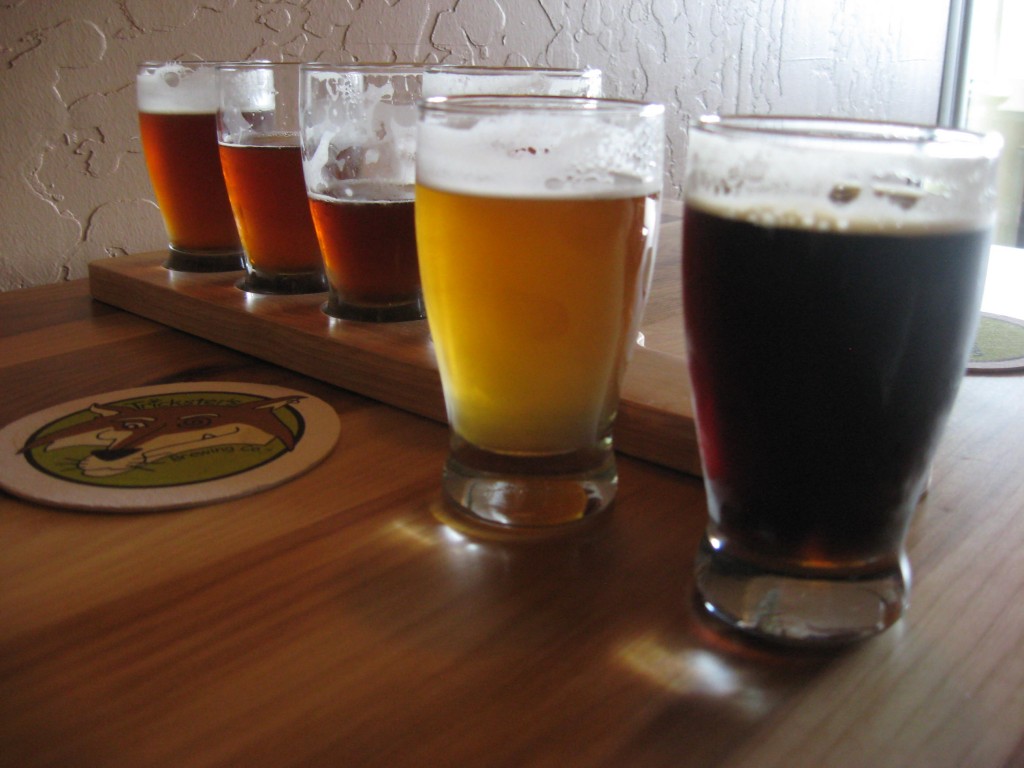This is part 3 in the Style of the Month: Trappist Ale series (part 1). See part 2 to discover the history of Trappist monasteries and breweries.Â
 In 1950, Saint Joseph’s Abbey was founded on the crest of sloping hill blanketed in trees just north of the town of Spencer, Massachusetts. The Roman Catholic monastery is home to the monks of the Cistercian Order of the Strict Observance, which you may know better as Trappists.
In 1950, Saint Joseph’s Abbey was founded on the crest of sloping hill blanketed in trees just north of the town of Spencer, Massachusetts. The Roman Catholic monastery is home to the monks of the Cistercian Order of the Strict Observance, which you may know better as Trappists.
It is common for Trappists to produce goods and provide services to help fund their monastery and support charitable efforts. Since 1950, the monks at Spencer Abbey have packaged jams and jellies for such purposes, but it wasn’t until more recently that the Massachusetts abbey decided to pursue brewing traditions that have long been rooted in the Trappist monasteries of Europe.
After spending much time researching brewing practices and visiting some of the most well-known Trappist breweries, Spencer Trappist Brewery opened its doors in 2013 becoming the United States’ first, and currently only, ITA-recognized Trappist brewery.
Want to read more? Please click…






You must be logged in to post a comment.